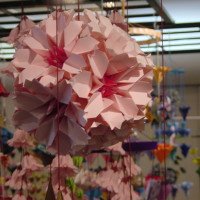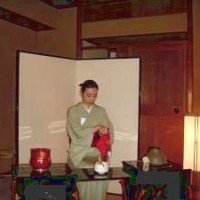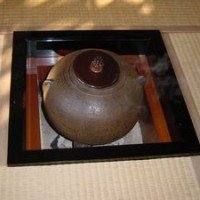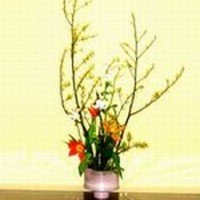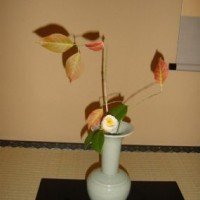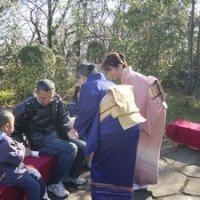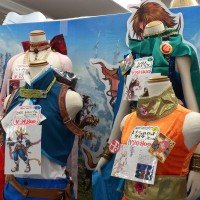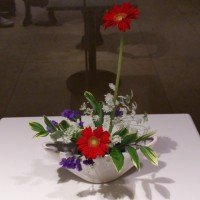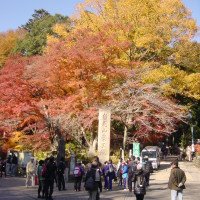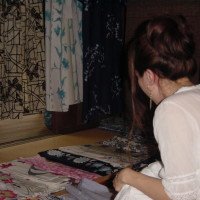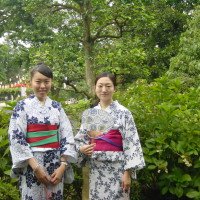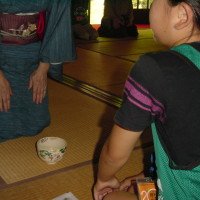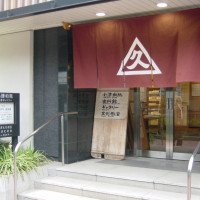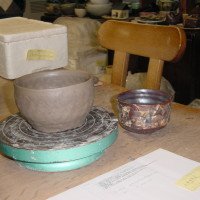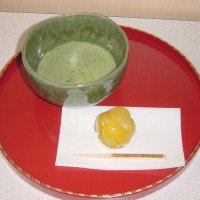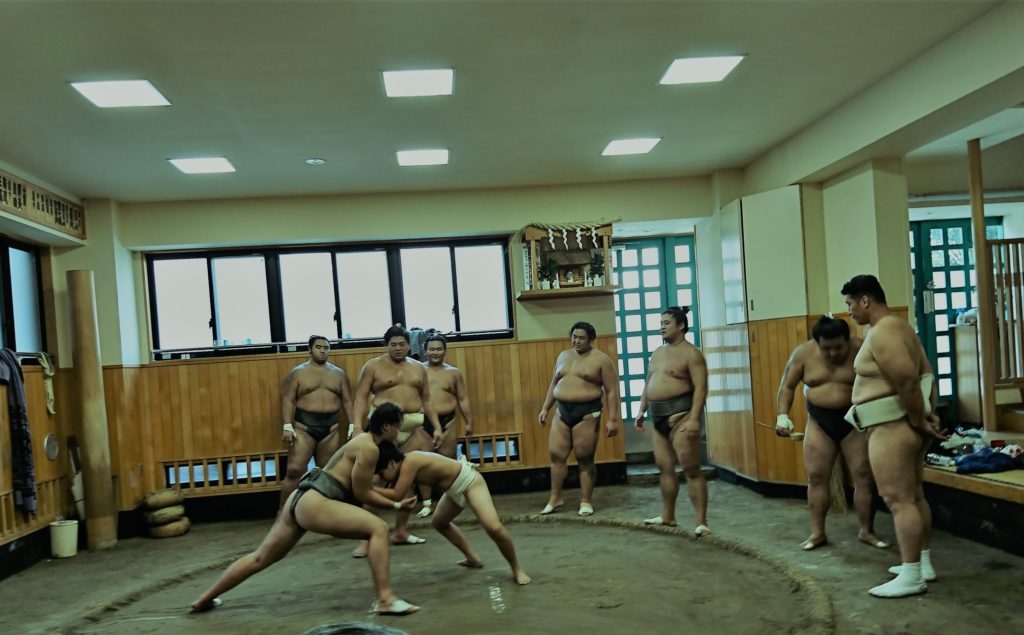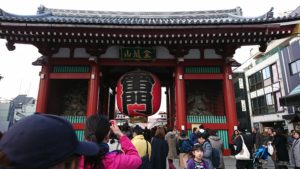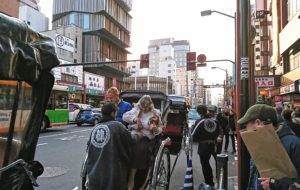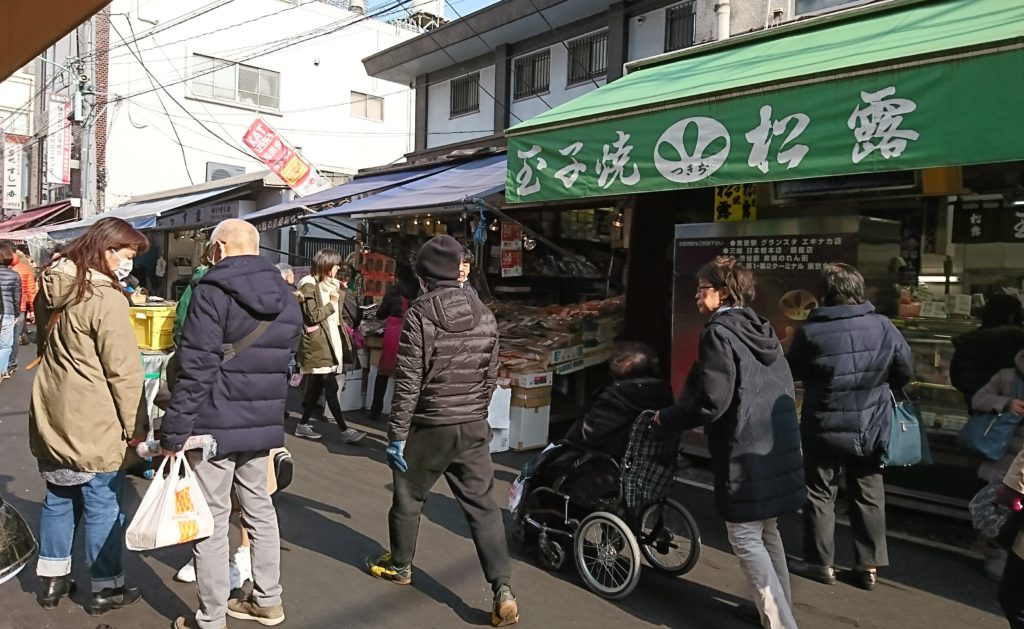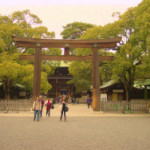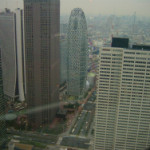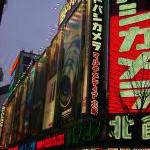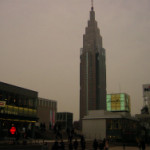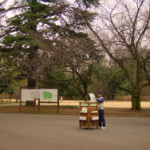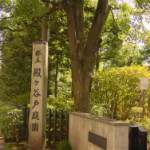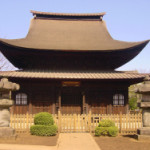I offer two courses involving experience & sightseeing spots and four popular tour courses including Harajuku, Shinjuku, and two in the western suburbs of Tokyo. I will be happy to customize a tour based on your own particular interests. Maybe you want to see Akihabara and go to maid cafe, for example, or the newly opened Tokyo Sky Tree Tower. Just let me know what you are interested in, then I will do my best to make your plan to meet your requests. Please contact me.
If you are interested in Kamakura, Nikko, Kyoto, Nara, Osaka, Kobe, Mt.Fuji and/or Hakaone, please click here.
Each course takes about 4 hours. A guide will see you at your hotel. Please enjoy yourself to the full with the friendly guide in the city of Tokyo. Please contact me.
TOUR NOTES
* Cash payment is required at the start of the tour.
* The fee does not include transportation expenses or admission fees.
COURSE 1; Sumo Morning Practice & Asakusa Sensoji Temple
Guiding Fee: 11,000YEN/ a person, 9,000YEN each/2 persons, 7,000YEN each/3 persons
You enjoy sumo wrestlers’ powerful morning practice at one of sumo stables. Your guide will arrange your visit to a stable in advance.
At Asakusa, you can experience Kimono wearing and/or Rickshaw riding with extra charge.
Course 2; Tsukiji Fish Market & Kabuki at Kabuki Theater
Guiding Fee: 10,000YEN/ a person, 8,000YEN each/2 persons, 6,000YEN each/3 persons
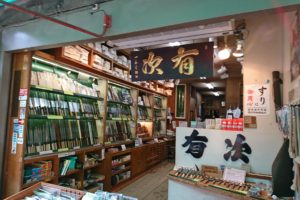 You enjoy strolling Tsukiji Fish market, eating Sushi, finding your favorite cooking tools such as kitchen knife or others. Your guide will give you special information about Tsukiji & Sushi Restaurants there.
You enjoy strolling Tsukiji Fish market, eating Sushi, finding your favorite cooking tools such as kitchen knife or others. Your guide will give you special information about Tsukiji & Sushi Restaurants there.
Your guide will help you purchasing the Kabuki Ticket in advance or on the day.
TOUR course 3; Harajuku Area
Guiding Fee: 10,000YEN/ a person, 8,000YEN each/2 persons, 6,000YEN each/3 persons
Harajuku is one of the most attractive districts in Tokyo with its contemporary fashionable atmosphere in addition to its traditional Japanese flavor.
The main street, called Omotesando, is lined with big name flagship stores. It also leads to Meiji Shrine. On the back streets, you’ll find a wide variety of shops that are smaller compared with the large stores on Omotesando Street but are flourishing with today’s trends. Indeed, those shops may be giving birth to new fashion as you read this! You will have a great time visiting the following sites located in the Harajuku district of Tokyo.
Meiji Shirine-Ota Wood Block Print Museum-Takeshita Street-Oriental Bazaar
Meiji Shrine
This is the most famous shrine in Tokyo. During the New Year holidays around 3.2 million people visit here.
The shrine is surrounded by a man-made forest which consists of 100,000 trees, representing 365 different species. Meiji Shrine is a highly regarded national treasure holding a special place in the hearts of all Japanese.
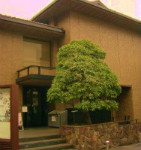 Ota Wood Block Print Museum.
Ota Wood Block Print Museum.
The late Mr. Ota, saddened that a tremendous number of wood block printings were exported from Japan to the West from the 19th to the beginning of the 20th century, tried to re-collect them over a period of 50 years. The Museum has 12,000 Ukiyoe pictures which are displayed in turns.
Open: 10:30 – 17:30 Closed: Mondays
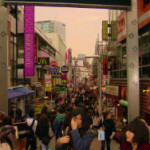 Takeshita Street
Takeshita Street
Roughly 350 meters in length, this lively street is full of shops selling the latest and hippest clothes and other sundries.
The street is closed to vehicles from 11:00 to 18:00 every day.
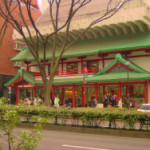 Oriental Bazaar
Oriental Bazaar
A unique and rather large traditional Japanese goods store popular with foreigners and Japanese alike. Typical souvenirs such as porcelain, pottery, yukata (casual cotton kimono) are available.
Open: 10:00 – 19:00 Closed: Thursdays
TOUR course 4; Shinjuku Area
Guiding Fee: 10,000YEN/ a person, 8,000YEN each/2 persons, 6,000YEN each/3 persons
Shinjuku is a subcenter of Tokyo located in the western part of central Tokyo and the busiest railroad terminal in the world. In fact, almost 3.5 million people get on and off every day. It also has an office district with skyscrapers that stand together in large numbers, an enormous shopping district with large department stores, and a famous entertainment district called Kabuki-cho. Shinjuku is the most popular area of Tokyo among overseas visitors.
Tokyo Metropolitan Government-Electrical Products District-Southern Terrace-Shinjuku Imperial Gardens
Tokyo Metropolitan Goverment
Enjoy a bird’s eye view of Tokyo from the observation platform on the 45th floor (202 meters high). On a clear day, you can actually see Mt.Fuji.
Entrance Fee: Free
Electrical Products District
The area surrounding JR Shinjuku station is getting more and more popular as a shopping destination for cameras, OA equipment, or electrical appliances.
There are many volume sellers such as Yodobashi Camera and Bic Camera, two of Japan’s largest electronics chains.
Southern Terrace
This is a newly developed shopping area near the southern gate of the Shinjuku station. After briefly walking on the artificial ground constructed over the track of the Odakyu line, you cross a bridge that spans several JR railroad lines to one of Japan’s most famous department stores, Takashimaya, as well as a big variety shop called Tokyu Hands.
Shinjuku Imperial Gardens
There are three styles of gardens, English, French, and Japanese, encompassing 600,000 square meters. Located only a few minutes by foot from JR Shinjuku Station, the Imperial Gardens is also one of the most famous spots for cherry blossoms in Tokyo.
From the end of March to the middle of April, 65 different species of 1300 cultivated cherry trees come into full bloom ceaselessly.
TOUR course 5; Western Suburbs of Tokyo
Guiding Fee: 10,000YEN/ a person, 8,000YEN each/2 persons, 6,000YEN each/3 persons
This tour focuses on two special places located outside of central Tokyo. Away from the bustle of the big city, you can enjoy serenity as well as greenery.
Tonogayato Garden-Edo-Tokyo Open Air Architectural Museum
Tonogayato Garden
This is a strolling type garden with the grove and fountain designed in harmony with geographical features such as cliffs or hills.
Located about 30 minutes from Shinjuku Station, the garden was originally owned by the business conglomerate Mitubishi until 1974.
Closed: At year end and during New Year holidays Entrance Fee: 150-yen
Edo-Tokyo Open Air Architectural Museum
We will travel about an hour from Shinjuku Station, but it is well worth.
There are 30 buildings here that were originally located in Edo (the old name of Tokyo during the Edo period) city or in Tokyo. The buildings were all relocated here and are preserved as they were. You are allowed to enter all of them.
Closed: Mondays Entrance Fee: 400-yen
TOUR course 6; Western Suburbs of Tokyo
Guiding Fee: 10,000YEN/ a person, 8,000YEN each/2 persons, 6,000YEN each/3 persons
Like the previous tour, this tour also includes the Edo-Tokyo Open Air Architectual Museum.
Shofukuji Jizo Temple-Edo-Tokyo Open Air Architectural Museum
Shofukuji Jizo Temple
Located in Higashimurayama City, this temple was reportedly built in 1407 in the Muromachi period as a temple for the Rinzai sect of Zen Buddhism.
It is very similar to the Buddha’s ash temple at Enkakuji Temple in Kamakura.
Shofukuji Jizo Temple has been designated as a national treasure, the only national treasure in Tokyo.
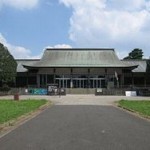 Edo-Tokyo Open Air Architectural Museum
Edo-Tokyo Open Air Architectural Museum
See above.
